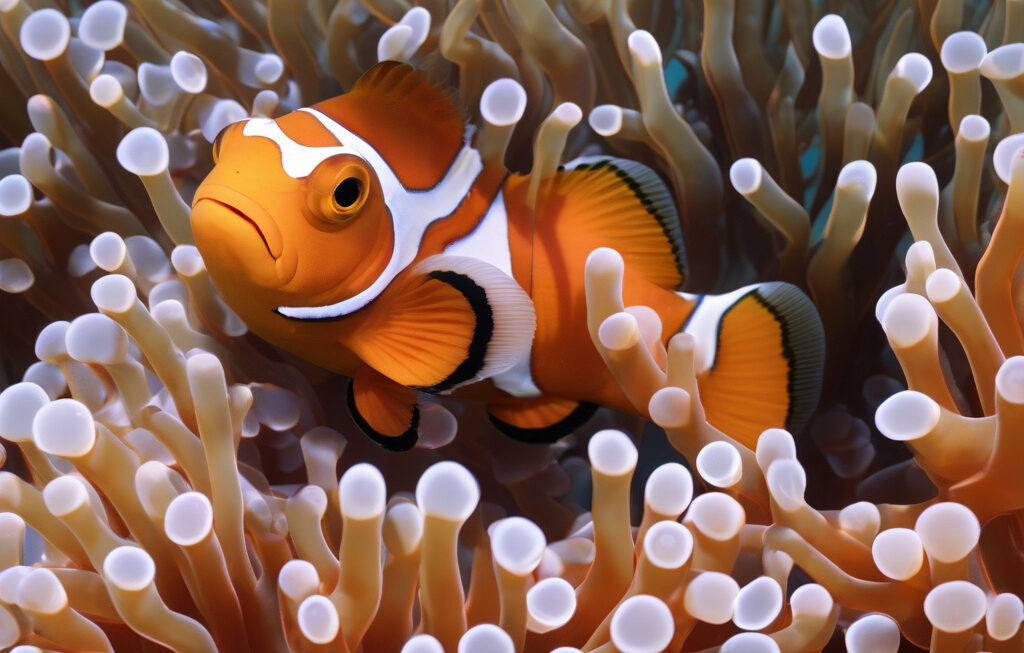What the Teeth? Male Ghost Sharks Grow Evolution’s Weirdest Mating Tool
A recent study suggests that male ghost sharks, also known as chimaeras, use an unusual and fascinating adaptation to enhance their mating success. These mysterious deep-sea creatures, belonging to the chondrichthyan subclass Holocephali, have long intrigued scientists with their unique characteristics. Among these features, one standout trait is the modification of their dentition into a specialized reproductive organ, making them a remarkable example of evolutionary adaptation in the animal kingdom.
Ghost sharks, despite their name, are not actually sharks but rather a distant relative within the cartilaginous fish group. They possess retractable sexual appendages known as tenacula, located in the male’s mouth. These tenacula are elongated, hook-like structures that are used during courtship and mating rituals. The male ghost shark will grasp the female’s pectoral fin with these specialized teeth, allowing for successful copulation.
This reproductive strategy is a striking example of how organisms can evolve unique mechanisms to ensure their survival and reproductive success in challenging environments. The tenacula in male ghost sharks have evolved to serve a specific function, highlighting the intricate relationship between form and function in evolutionary biology.
The study, published in a prominent scientific journal, sheds light on the reproductive biology of these enigmatic creatures. By uncovering the role of the specialized teeth in the mating behavior of ghost sharks, researchers have deepened our understanding of the diversity of reproductive strategies in the animal kingdom.
Furthermore, the findings underscore the importance of studying lesser-known species to gain insights into the complexities of evolution and adaptation. While ghost sharks inhabit the depths of the ocean and are not frequently encountered, their unique biology holds valuable lessons for scientists seeking to unravel the mysteries of life on Earth.
The evolutionary significance of the male ghost shark’s tenacula raises intriguing questions about the interplay between sexual selection, reproductive anatomy, and ecological factors. By evolving a distinct mating tool, these creatures have adapted to their environment and maximized their reproductive potential in a competitive underwater world.
As researchers continue to explore the depths of the ocean and uncover the secrets of its inhabitants, discoveries like the one involving male ghost sharks highlight the wonders of natural diversity and the endless possibilities of evolutionary innovation. The story of these mysterious chimaeras serves as a reminder of the intricate beauty of life and the ongoing process of adaptation that shapes the living world.
In conclusion, the male ghost shark’s unique mating tool stands out as a testament to the creativity of evolution and the astonishing diversity of life forms on our planet. By unraveling the secrets of these deep-sea denizens, scientists expand our knowledge of the natural world and deepen our appreciation for the wonders that lie beneath the surface of the ocean.
evolution, ghost shark, reproductive biology, adaptation, deep-sea creatures










